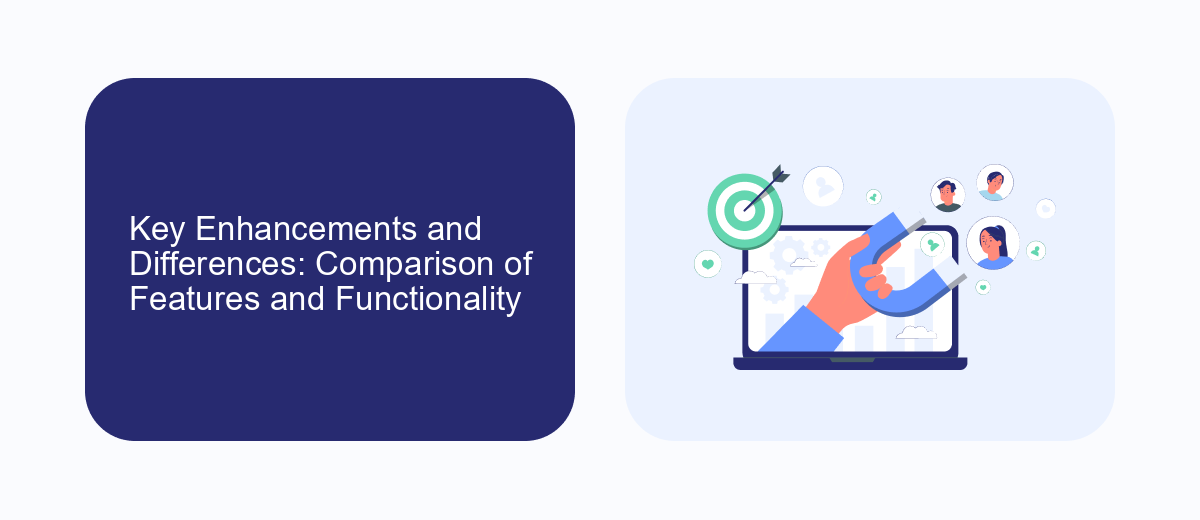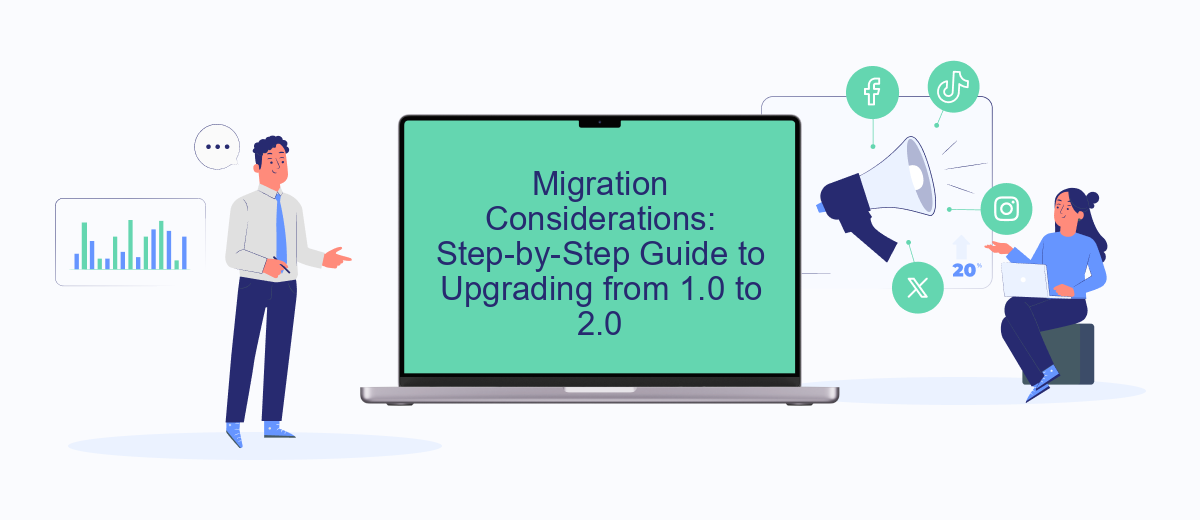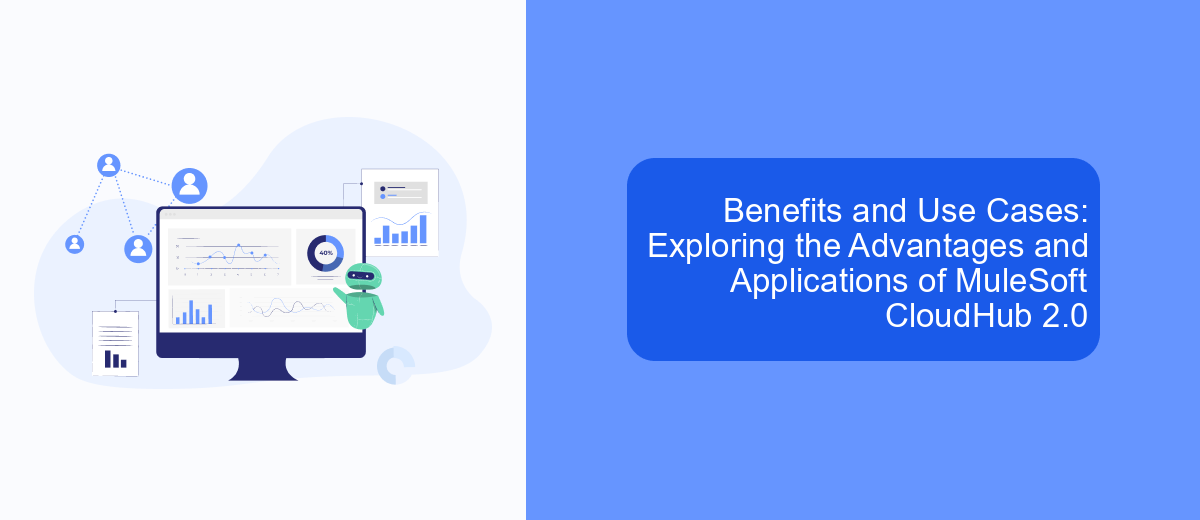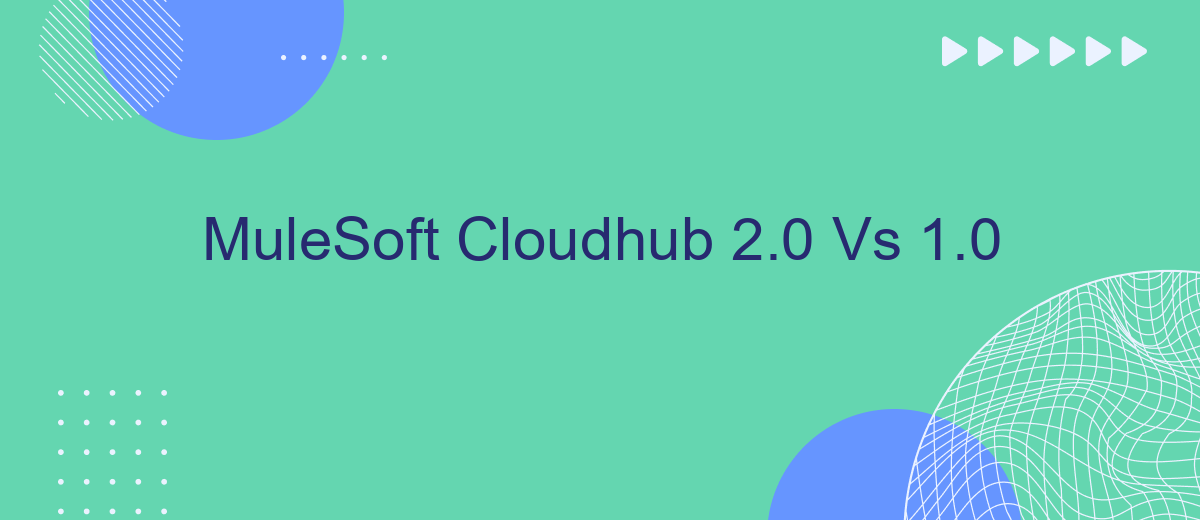As the digital landscape evolves, businesses seek efficient and scalable integration solutions to stay competitive. MuleSoft's CloudHub platform has been a cornerstone for many enterprises, facilitating seamless connectivity. With the release of CloudHub 2.0, significant enhancements promise to elevate performance and user experience. This article delves into a comparative analysis of CloudHub 2.0 versus its predecessor, CloudHub 1.0, highlighting key improvements and benefits.
Introduction: Overview of MuleSoft CloudHub 2.0 and 1.0
MuleSoft CloudHub is a powerful integration platform that enables businesses to connect applications, data, and devices seamlessly. Over the years, CloudHub has evolved, with CloudHub 2.0 introducing several enhancements over its predecessor, CloudHub 1.0. These upgrades aim to provide better scalability, performance, and user experience.
- Enhanced scalability and performance
- Improved user interface and experience
- Advanced security features
- Better integration capabilities
Both versions of CloudHub offer robust tools for managing integrations, but CloudHub 2.0 takes it a step further with its advanced features. For instance, services like SaveMyLeads can be seamlessly integrated into the platform, allowing businesses to automate lead management and streamline operations more efficiently. This makes CloudHub 2.0 a superior choice for organizations looking to enhance their integration strategies.
Key Enhancements and Differences: Comparison of Features and Functionality

MuleSoft Cloudhub 2.0 introduces several key enhancements over its predecessor, Cloudhub 1.0, aimed at improving performance, scalability, and user experience. One of the most significant upgrades is the enhanced runtime engine, which offers better resource management and faster execution times. Additionally, Cloudhub 2.0 features a more intuitive user interface, making it easier for developers to manage and monitor their integrations. The new version also supports advanced security features, including improved encryption and compliance with the latest industry standards.
Another notable difference is the integration capabilities. Cloudhub 2.0 provides more robust support for external services, including seamless integration with platforms like SaveMyLeads. This allows users to automate lead management processes more efficiently, reducing manual efforts and increasing productivity. Furthermore, Cloudhub 2.0 offers enhanced API management tools, enabling developers to create, deploy, and monitor APIs with greater ease. These improvements collectively make Cloudhub 2.0 a more powerful and user-friendly platform for modern integration needs.
Migration Considerations: Step-by-Step Guide to Upgrading from 1.0 to 2.0

Upgrading from MuleSoft Cloudhub 1.0 to 2.0 requires careful planning and execution to ensure a smooth transition. This guide provides a step-by-step approach to help you manage the migration process effectively.
- Assessment: Evaluate your current infrastructure and identify the components that need to be migrated. This includes APIs, integrations, and any third-party services like SaveMyLeads that are crucial for your operations.
- Backup: Create a comprehensive backup of your existing environment to avoid any data loss during the migration. Ensure that all configurations and data are securely stored.
- Testing: Set up a staging environment to test the new Cloudhub 2.0 features. Validate the compatibility of your existing APIs and integrations, and make necessary adjustments.
- Migration: Begin the migration process by transferring your data and configurations to Cloudhub 2.0. Use automated tools and scripts to streamline the process and reduce manual errors.
- Validation: After the migration, thoroughly test all functionalities to ensure everything is working as expected. Pay special attention to critical integrations and services like SaveMyLeads.
- Go Live: Once validated, switch your operations to Cloudhub 2.0. Monitor the system closely for any issues and be prepared to troubleshoot as needed.
By following these steps, you can ensure a seamless upgrade from MuleSoft Cloudhub 1.0 to 2.0, minimizing downtime and maintaining the integrity of your integrations and services.
Benefits and Use Cases: Exploring the Advantages and Applications of MuleSoft CloudHub 2.0

MuleSoft CloudHub 2.0 brings significant improvements over its predecessor, offering enhanced performance, scalability, and reliability. The updated platform provides more robust tools for managing and monitoring integrations, making it easier for businesses to connect their applications and data seamlessly.
One of the key benefits of CloudHub 2.0 is its advanced deployment capabilities. The platform supports multi-cloud and hybrid environments, allowing organizations to deploy their integrations in the most suitable infrastructure. Additionally, CloudHub 2.0 offers improved security features, ensuring data protection and compliance with industry standards.
- Enhanced performance and scalability
- Advanced deployment capabilities
- Improved security features
- Seamless integration management
- Support for multi-cloud and hybrid environments
CloudHub 2.0 is particularly useful for businesses looking to streamline their integration processes. For example, using services like SaveMyLeads, companies can automate lead data transfers between various platforms, reducing manual efforts and minimizing errors. This makes CloudHub 2.0 an excellent choice for organizations seeking efficient and secure integration solutions.
Conclusion: Summary of Findings and Recommendations
In our comparison of MuleSoft Cloudhub 2.0 and 1.0, we found significant improvements in the new version. Cloudhub 2.0 offers enhanced scalability, better performance, and more robust security features. The introduction of advanced monitoring tools and seamless integration capabilities makes it a more efficient choice for enterprises looking to streamline their operations. Additionally, the user interface has been redesigned for better usability, reducing the learning curve for new users.
Based on our findings, we recommend migrating to Cloudhub 2.0 to take advantage of its superior features. For organizations that rely heavily on integration services, incorporating tools like SaveMyLeads can further optimize the integration process by automating data transfers and reducing manual workload. This combination can significantly enhance operational efficiency and provide a more secure and scalable environment for business processes.
FAQ
What are the main differences between MuleSoft CloudHub 2.0 and 1.0?
Can I migrate my existing applications from CloudHub 1.0 to CloudHub 2.0 easily?
Is there a difference in pricing between CloudHub 1.0 and CloudHub 2.0?
What kind of support is available for CloudHub 2.0?
How can I automate and streamline the integration process on CloudHub 2.0?
What do you do with the data you get from Facebook lead forms? Do you send them to the manager, add them to mailing services, transfer them to the CRM system, use them to implement feedback? Automate all of these processes with the SaveMyLeads online connector. Create integrations so that new Facebook leads are automatically transferred to instant messengers, mailing services, task managers and other tools. Save yourself and your company's employees from routine work.
